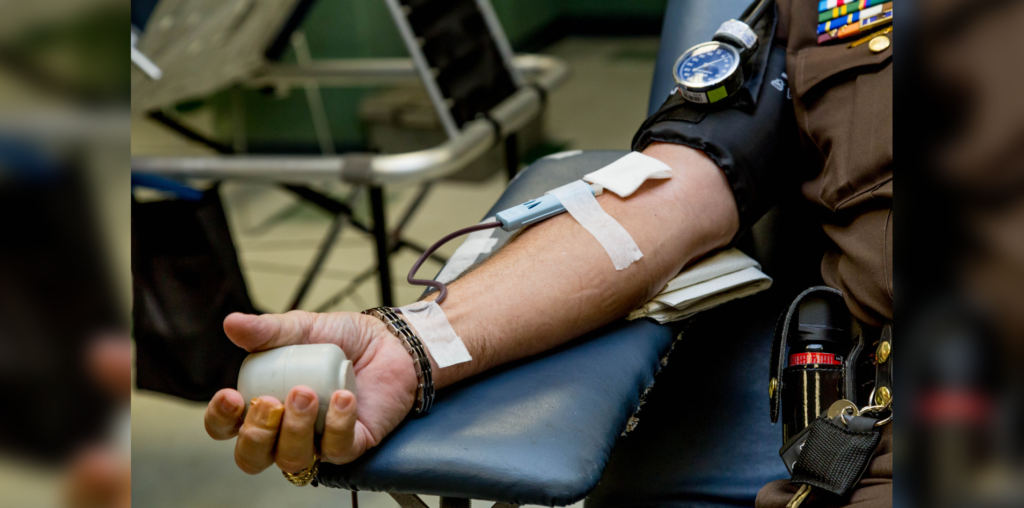
Blood donation is crucial to healthcare. According to the American Red Cross, “Approximately 29,000 units of red blood cells are needed every day in the U.S.” However, only about 3% of the American population donates blood each year, partly because of strict blood donor screening guidelines. The story only got worse in early 2022 with the Red Cross declaring its first ever blood crisis after experiencing a 10% decrease in donations. Having a substantial blood supply is vital for everything from surgeries to treating disease. As countries around the world are losing donors faster than they can gain new ones, the blood supply problem will seemingly continue to grow.
With issues around blood donation on the rise, the FDA took action earlier this year to attempt to combat the issue. In late January, the FDA shared a news release revealing their proposal to change blood donor eligibility assessments. More specifically, they plan to move away from time-based deferrals, shifting toward “gender-inclusive, individual risk-based questions to reduce the risk of transfusion-transmitted HIV.”
With the blood supply in crisis and newly proposed blood donor screening recommendations, we asked the Figure 1 community for their thoughts.
Here’s what more than 400 healthcare professionals had to say.
Do HCPs Accept the Recommendations?
We asked the Figure 1 community if they agreed with the proposed changes to blood donor screening guidelines, and in general, the consensus was yes. A total of 58% of surveyed HCPs said they agreed with the proposed changes, 27% said that they disagreed, and the remaining 14% of respondents said they were unsure. So, while the changes in risk assessment are accepted by the majority, there is still a significant portion of HCPs that remain wary of the changes.
Is This Change the Right Change?
We asked our respondents for their thoughts on these newly proposed changes to blood donor risk assessment and got some interesting replies. Most commonly, our respondents tended to gravitate toward the importance of testing the donated blood rather than the specificity of what questions to ask donors.
One registered nurse stated, “Although I agree with the change, it just changes how they screen donors for HIV risk … Blood donations need to be screened for blood borne pathogens and every attempt made to protect the recipients from iatrogenic harm.” Another member responded similarly saying, “I believe that every blood donation should be screened for any potential disease that can be detrimental to the receiver’s health.”
While many believe testing the donated blood is the top priority, others, while they may have agreed with the change, had concerns about how exactly the questions are worded. One registered nurse said, “The screening questions need to be carefully constructed and rely on truthfulness. But if all blood is screened before use and it increases donor numbers, it sounds feasible.”
Overall, our respondents seem to think this change to blood donor screening is the right direction but far from the only variable to ensure the blood supply is safe. A radiology resident’s response illustrates a good picture of what these changes actually are and how many HCPs feel about them: “This is a good change. Eligibility should be based on actual risk … Regardless, every donation is tested for HIV and any drug that might confound the test would preclude a person from donating. Since the new guidelines assess actual risk rather than blanket banking a sexual orientation, the blood supply will likely be safer than it was before.”
Published March 6, 2023
Join the Conversation
Sign up for Figure 1 and be part of a global community of healthcare professionals gaining medical knowledge, securely sharing real patient cases, and improving outcomes.


